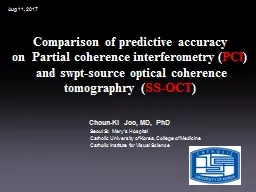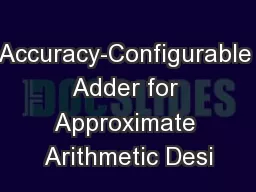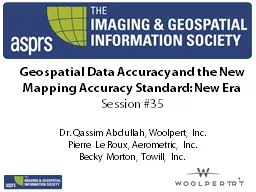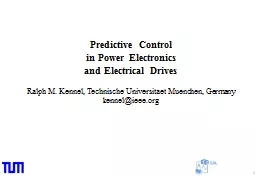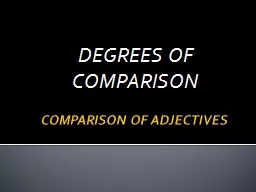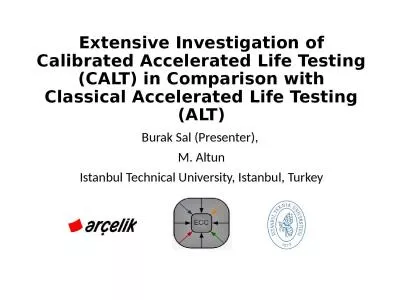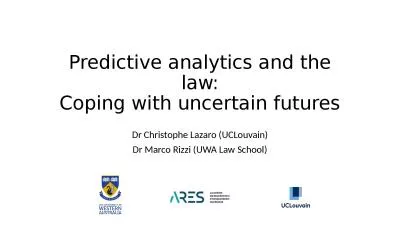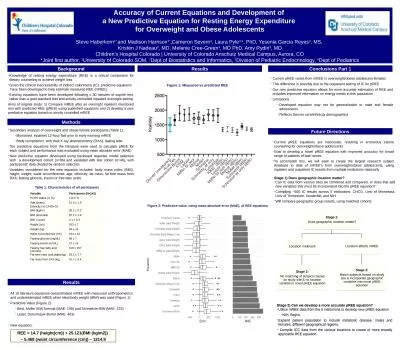PPT-Comparison of predictive accuracy
Author : mindeeli | Published Date : 2020-11-06
on Partial coherence interferometry PCI and swpt source optical coherence tomographry SSOCT Choun Ki Joo MD PhD Seoul St Marys Hospital Catholic University
Presentation Embed Code
Download Presentation
Download Presentation The PPT/PDF document "Comparison of predictive accuracy" is the property of its rightful owner. Permission is granted to download and print the materials on this website for personal, non-commercial use only, and to display it on your personal computer provided you do not modify the materials and that you retain all copyright notices contained in the materials. By downloading content from our website, you accept the terms of this agreement.
Comparison of predictive accuracy: Transcript
Download Rules Of Document
"Comparison of predictive accuracy"The content belongs to its owner. You may download and print it for personal use, without modification, and keep all copyright notices. By downloading, you agree to these terms.
Related Documents

